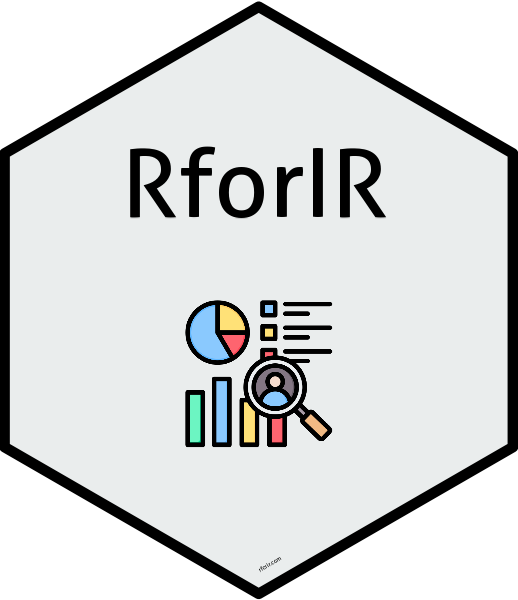── Attaching core tidyverse packages ──────────────────────── tidyverse 2.0.0 ──
✔ dplyr 1.1.4 ✔ readr 2.1.5
✔ forcats 1.0.0 ✔ stringr 1.5.1
✔ ggplot2 3.5.1 ✔ tibble 3.2.1
✔ lubridate 1.9.4 ✔ tidyr 1.3.1
✔ purrr 1.0.2
── Conflicts ────────────────────────────────────────── tidyverse_conflicts() ──
✖ dplyr::filter() masks stats::filter()
✖ dplyr::lag() masks stats::lag()
ℹ Use the conflicted package (<http://conflicted.r-lib.org/>) to force all conflicts to become errorsAccess data items
One of the most basic needs of a programmer is to be able to access specific columns, rows, or data items in a data frame. We look at how to accomplish those on this page.
For the purposes of our work, we’re going to create this tiny data frame.
grades = data.frame(
instructor_id = c(1, 2, 3, 4, 5, 6, 7, 8, 9) * 2,
instr_first = c("Alice", "Bob", "Charlie", "David",
"Eve", "Stanislav", "Yolanda",
"Zoe", "Xavier"),
instr_last = c("Smith", "Jones", "Kline", "White",
"Zettle", "Bernard-Zza", "Zhang",
"Xu", "Zimmerman"),
subject = c("Math", "Math", "Math", "English",
"English", "English", "History",
"History", "History"),
grade = c("A", "B", "A", "C", "B", "A", "A",
"B", "A")
)Whole data frame
We can access the whole data frame by simply typing its name:
grades instructor_id instr_first instr_last subject grade
1 2 Alice Smith Math A
2 4 Bob Jones Math B
3 6 Charlie Kline Math A
4 8 David White English C
5 10 Eve Zettle English B
6 12 Stanislav Bernard-Zza English A
7 14 Yolanda Zhang History A
8 16 Zoe Xu History B
9 18 Xavier Zimmerman History ASpecific column
We can access a whole column at once either by name or by number. Let’s take a look.
By column name
We have several different ways of accessing a specific column by name. In all cases, one must know the name of the data frame and the name of the column. (Not surprising.)
grades$subject [1] "Math" "Math" "Math" "English" "English" "English" "History"
[8] "History" "History"grades[, "subject"][1] "Math" "Math" "Math" "English" "English" "English" "History"
[8] "History" "History"grades[["subject"]][1] "Math" "Math" "Math" "English" "English" "English" "History"
[8] "History" "History"By column number
We can also access a specific column by column number:
grades[, 4][1] "Math" "Math" "Math" "English" "English" "English" "History"
[8] "History" "History"This form returns a vector of values, as you can see.
is.vector(grades[, 4])[1] TRUEWe can use an alternate form that returns a list, also using a column number:
grades[4] subject
1 Math
2 Math
3 Math
4 English
5 English
6 English
7 History
8 History
9 HistoryAnd, yes, it is a list:
is.list(grades[4])[1] TRUEParts of a specific column
Both of the following return the first through fourth values of the subject column.
grades[1:4, "subject"][1] "Math" "Math" "Math" "English"grades[1:4, 4][1] "Math" "Math" "Math" "English"Parts of a specific row
This returns the third through fifth values of row 7.
grades[7, 3:5] instr_last subject grade
7 Zhang History AA specific item in a specific column
R has multiple ways — that’s no surprise by now, eh? — of accessing specific items in a specific column. Each of these access the item in row 7 of the subject column:
grades$subject[7][1] "History"grades[7,4][1] "History"grades[7, "subject"][1] "History"grades[["subject"]][7][1] "History"